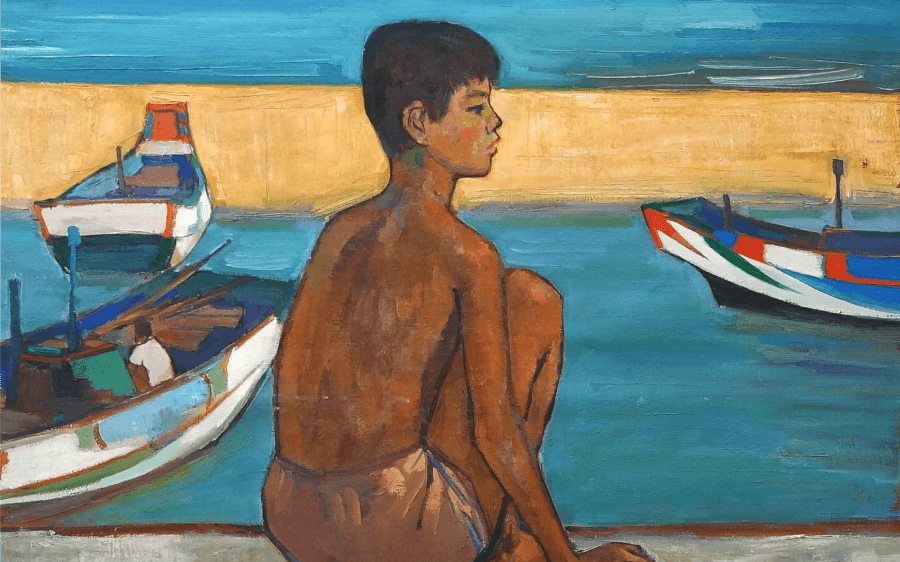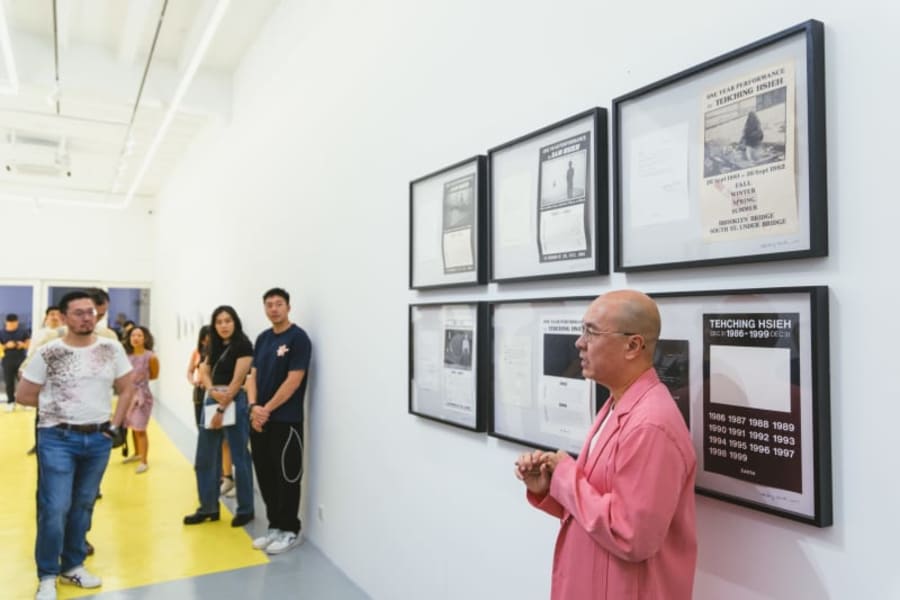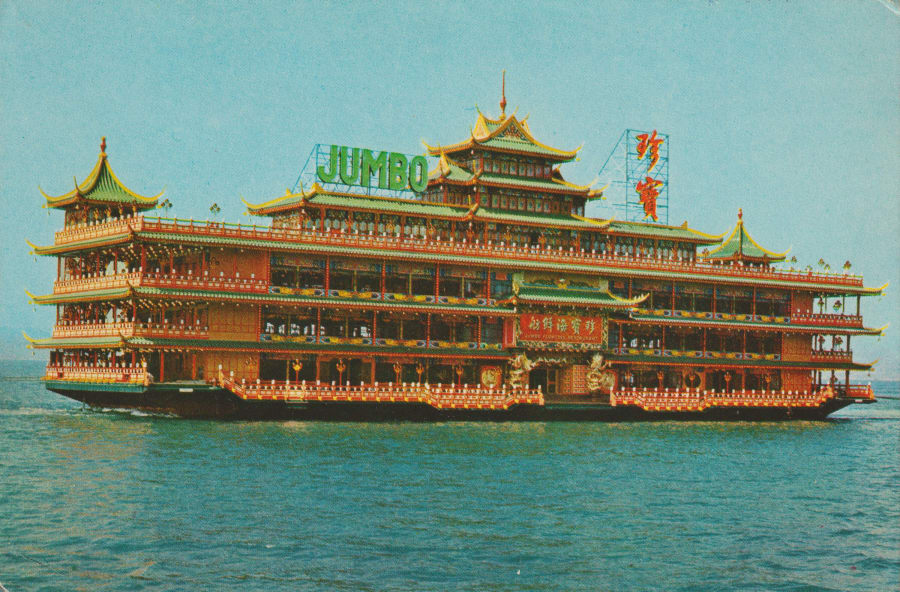When artist Shuyi Cao was growing up in Guangzhou, she admired how her father, a surgeon, approached medicine. His work demanded a Western style of treating illness but, at home, using his background in Chinese healing practices, he would prepare soups with herbs. ‘He would also use the I Ching
to read my fortune,’ Cao recalls.
This tension between contemporary science and ancestral knowledge would eventually underscore Cao’s artwork. ‘A lot of the subject matter I explore has to do with different ways of understanding the world,’ says the 33-year-old artist, who didn’t always consider a creative career to be a viable option. She first earned a master’s degree in public administration from Fudan University in Shanghai before moving to New York in 2016 to pursue an art education at Parsons School of Design.
Cao combines far-flung media like laboratory glass, digital animation, and ceramic into works that offer intriguing, alternative stories about places, human activities, and even geological histories. Her art is often based on extensive research. For instance, the idea for Horizonless External Gut (2022) – an installation comprising 3D-printed resin sculptures with multiple white tendrils that call to mind mycelia – came from the relatively recent discovery of fungi that can digest plastic. And, for an upcoming presentation at the Biennale nationale de sculpture contemporaine in Trois-Rivières in Quebec, Cao is working with a geologist to collect local clay that she will incorporate into a new series of objects. Recontextualizing the material, she says, ‘is a ritual of mythologizing these places.’
Cao creates her pieces in a modest, two-room studio in the Bedford-Stuyvesant neighborhood of Brooklyn. The sunny front space is filled with fossil-like works in progress, as well as Petri-dish experiments and objects she’s collected that often factor into her artworks: colorful glass fragments, a horseshoe crab, crushed mussel shells left over from a recent dinner. Using plastic that has been melted with a blow dryer, then bent into shape and painted like ‘fairy leaves,’ as she describes it, the artist has fashioned sculptures that resemble fantastical bonsai trees for ‘Re-enchantment,’ a group exhibition at Thaddaeus Ropac’s Paris gallery. Cao sourced the plastic from Dead Horse Bay near her studio, once the site of a landfill. She sees the location as a stand-in for similarly polluted regions around the world, but it also has personal connotations. ‘There is something drawing me to the margin between land and ocean,’ she says. Like the dichotomies-turned-alchemies in her works, it’s a potent merging of inorganic and organic, technical and personal, that points to our deep interconnectedness.
‘Re-enchantment’ is on view at Thaddaeus Ropac, Paris, until May 11, 2024.
Coco Romack is a writer, editor, and author based in New York.
Full-bleed image: Studio portrait of Cao Shuyi. Photography by AJ Sapala.
Published on February 27, 2024.


